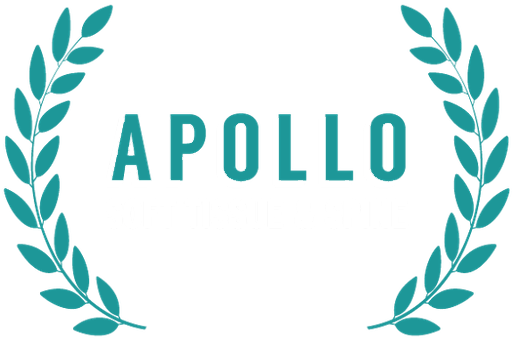We’re sure by now that you, or someone you know, has reached for a foam roller to help with that tight quad or aching back. And while it may have provided some temporary relief, you find yourself needing to foam roll more and more, just to get less and less relief.
So what’s that about, you ask? Am I doing something wrong? Don’t be so hard on yourself. It’s not that you’re foam rolling wrong – It’s that you’ve been mislead about what a foam roller actually does.
The reason you feel better after foam rolling is akin to the age old trick your mother taught you, rubbing your boo-boo’s after a fall. What’s really happening here is your body is sending competing signals up to your brain. Remember the last time you jammed your finger, gave it a shake, and it felt a little better? I think it’s fair to say you didn’t un-jam that finger. What’s happening is receptors that signal pressure & movement are competing with receptors that signal pain and some of those pain signals get lost along the way. Another example is rubbing your head after you bump it. You’re simply overriding the pain response.
So should you throw out your foam roller?
Nope. I’m not suggesting you get rid of your foam roller at all. But before I can explain to you the true value of your foam roller, you need to know why you’re always stiff and injured, and why it’s too late for a foam roller to help with that.
The single biggest reason you are injured or overly stiff and tight, is because you are asking your body to do too much. Period. From sitting at your desk all day at work, to trying to set a new personal best in the gym, our bodies aren’t meant to handle all of these 21st century “conveniences.” So Overuse/Repetitive Stress Syndrome sets in…
When we overuse our muscles, we cut off the blood supply to them. The body is chemically tricked into responding as though it were injured. As a result, scar tissue, or adhesion, is laid down to repair the damage. Adhesion acts like glue in a muscle, making it weaker and less flexible or mobile.
When you warm up a muscle, the adhesion becomes more pliable, which is why foam rolling has exploded in popularity as a pre-workout tool. The foam roller warms up the muscle by pumping blood through it. This in return makes it more flexible and allows you to temporarily circumvent the problem, without any functional improvement.
Foam rolling is nothing but a temporary solution because it is only successful at compressing your troubled areas. In order to reduce adhesion you need to produce tension. Don’t believe me? It’s like having gum stuck to the bottom of your shoe. Which do you think would be most effective at removing it: a rolling pin or a butter knife?
Foam rolling does have its benefits though. It is a great way to lessen the impact of overuse. By pumping blood through the tissue, new oxygen is brought in and waste products are flushed out. Foam rolling can also serve as an early warning signal that something is wrong. This is a very good thing. Painful symptoms over time will inevitably get worse.
If you are injured or experiencing pain during your workouts, put down the foam roller and contact our office today at 720-593-2047 today to live your lifestyle pain free. Show your body some gratitude!





